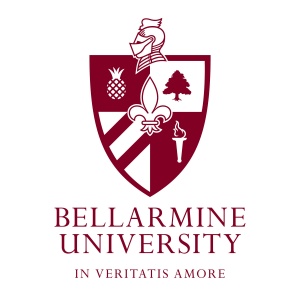Pathophysiology of Complex Patient Problems: Difference between revisions
No edit summary |
No edit summary |
||
| Line 93: | Line 93: | ||
*Nutritional Disorders | *Nutritional Disorders | ||
*Oncological Disorders | *Oncological Disorders | ||
**[[Acute Lymphoblastic Leukemia|Acute Lymphoblastic Leukemia]] | **[[Acute Lymphoblastic Leukemia|Acute Lymphoblastic Leukemia]] | ||
**[[Breast Cancer|Breast Cancer]] | **[[Breast Cancer|Breast Cancer]] | ||
**[[Hodgkin's Lymphoma|Hodgkin's Lymphoma]] | **[[Hodgkin's Lymphoma|Hodgkin's Lymphoma]] | ||
| Line 106: | Line 106: | ||
**[[Uterine Prolapse|Uterine Prolapse]] | **[[Uterine Prolapse|Uterine Prolapse]] | ||
*Urological Disorders | *Urological Disorders | ||
**[http://www.physio-pedia.com/extensions/FCKeditor/fckeditor/editor/Interstitial%20Cystitis Interstitial Cystitis] | |||
**[[Nephrolithiasis (Kidney Stones)|Nephrolithiasis (Kidney Stones)]] | **[[Nephrolithiasis (Kidney Stones)|Nephrolithiasis (Kidney Stones)]] | ||
**[[ | **[[Polycystic Kidney Disease|Polycystic Kidney Disease]] | ||
*Rheumatological Disorders | *Rheumatological Disorders | ||
*Substance Abuse | *Substance Abuse | ||
Revision as of 04:55, 16 February 2011
Welcome to PT 635 Pathophysiology of Complex Patient Problems. This project was created by and for the students in the School of Physical Therapy at Bellarmine University in Louisville KY.
Course Instructors:[edit | edit source]
Dr. Elaine Lonnemann & Dr. David Pariser
Course Description:[edit | edit source]
Pathophysiology of Complex Patient Problems explores signs and symptoms that emerge when homeostasis is disrupted, and addresses medical and physical therapy management of patient problems consequent to the underlying pathology. The dysfunctional states or disorders discussed in this course may include nutritional, infectious, gastrointestinal, hepatic, endocrine, metabolic, renal, genitourinary, autoimmune, connective tissue, dermatology, hematology, oncology, and immunodeficiency. The effects of age, gender, and ethnic factors on the pathology, manifestation of patient problems, and patient management are considered. The multiple effects of pharmacological intervention are addressed, including therapeutic effects and effects on patient cognitive and psychomotor abilities in physical therapy.
The course information and components include:
- syllabus
- schedule
- lectures
- lab
- assigned readings
- online discussions
- project
Instructions[edit | edit source]
After reading over these instructions, you can begin creating content related to the topic you choose. You can start by adding general descriptive content about the disorder that could be in narrative and/or bullet format. The editing tools above allow you to edit the page much like a Word document. You can easily add links to other websites using the link icon above (Globe with chain link icon). Here are some of the links you could add:
- Medical sites related to the disorder
- Video/photos related to the disorder
- Links to abstract of research in Pubmed/Medline
In the initial stage, think of this as notes or resource area on the topic. Therefore, it is best to add as many quality resources as possible. In later stages, students and faculty will edit the content to highlight the most appropriate resources and to get the content in a more professional looking format.
A template for the article pages which contains sub-headings headings for the disorder has been provided, please follow the template for uniformity of content.
Articles[edit | edit source]
Below are links to the articles created during this project.
- Biopsychosocial Disorders
- Cardiac Disorders
- Connective Tissue Disorders
- Dermatological Disorders
- Eating Disorders
- Endocrine Disorders
- Gastric Disorders
- Genetic Disorders
- Headaches
- Hematological Disorders
- Hepatic & Biliary Disorders
- Autoimmune Disorders
- Infectious Diseases
- Metabolic Disorders
- Muscle Disorders
- Neurological Disorders
- Nutritional Disorders
- Oncological Disorders
- Reproductive Disorders
- Urological Disorders
- Rheumatological Disorders
- Substance Abuse
- Spondylogenic Disorders







